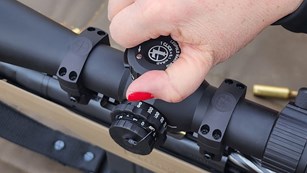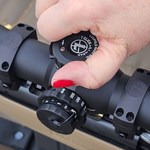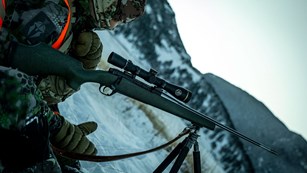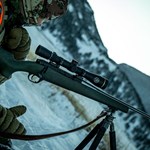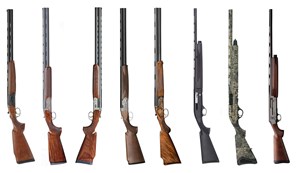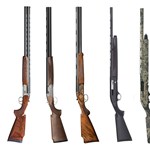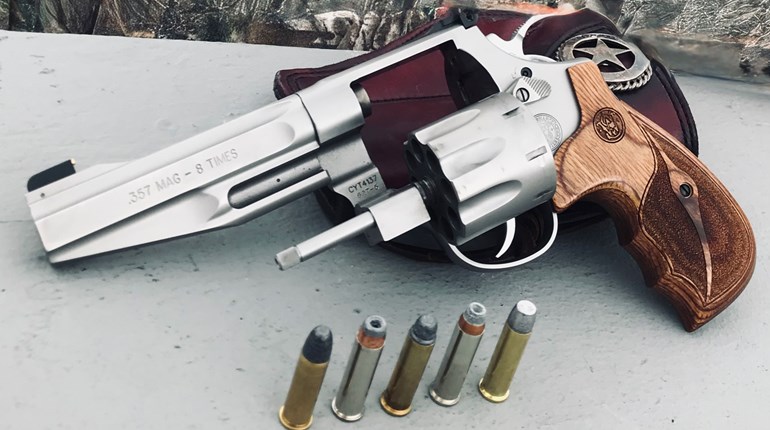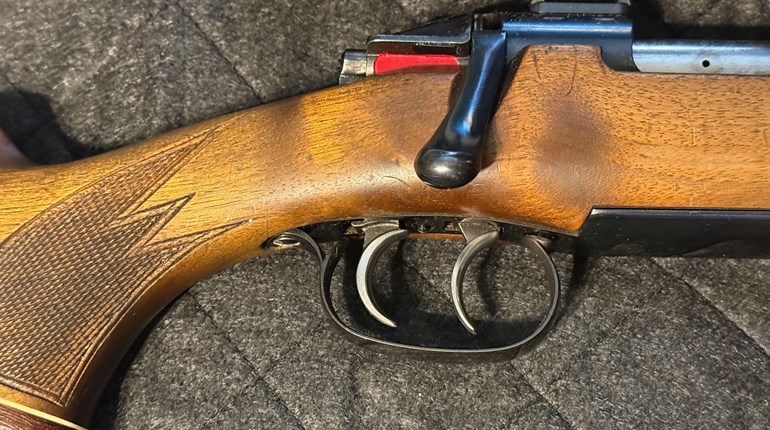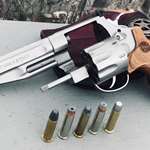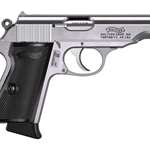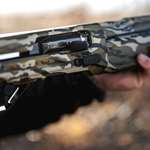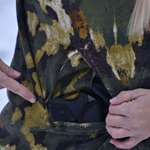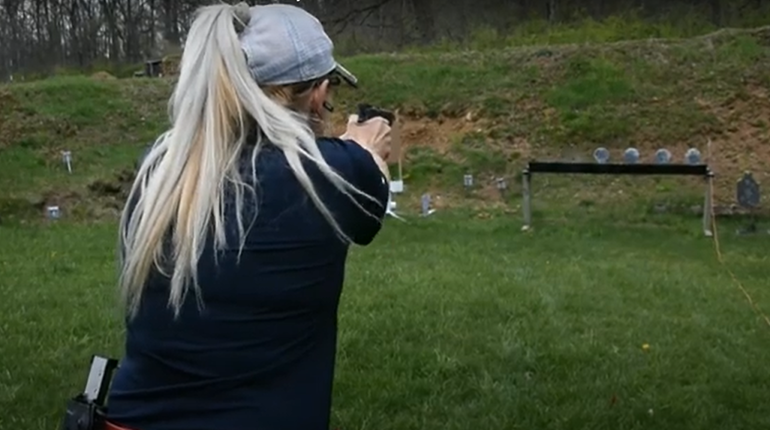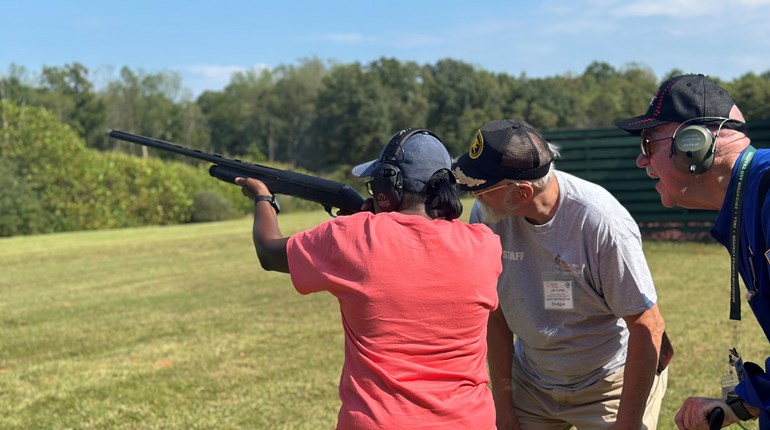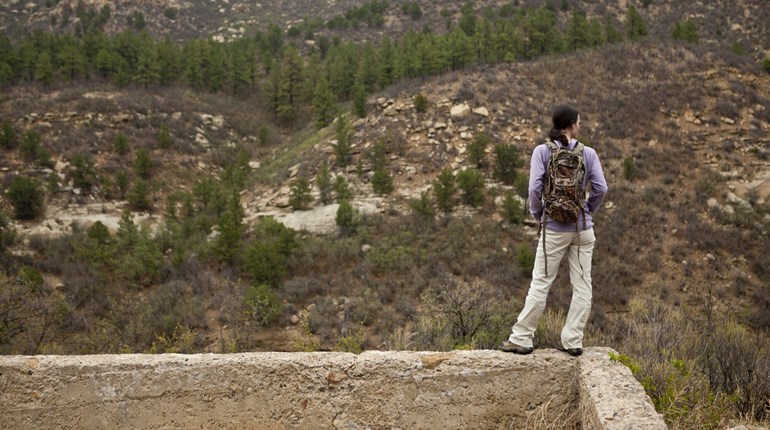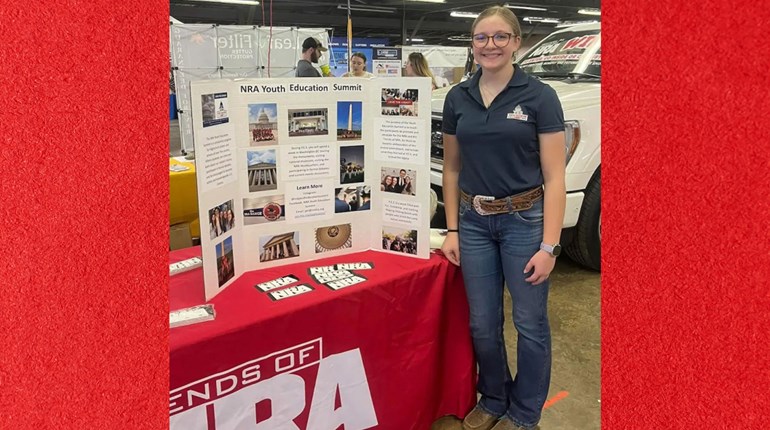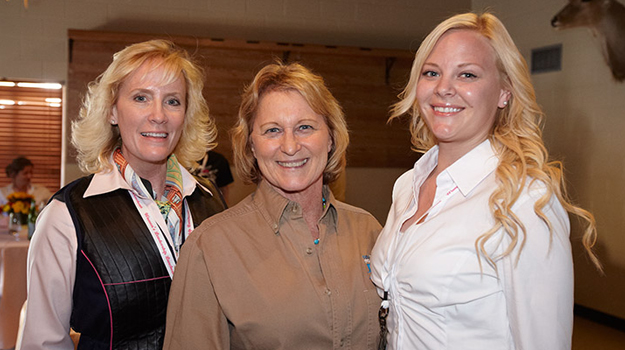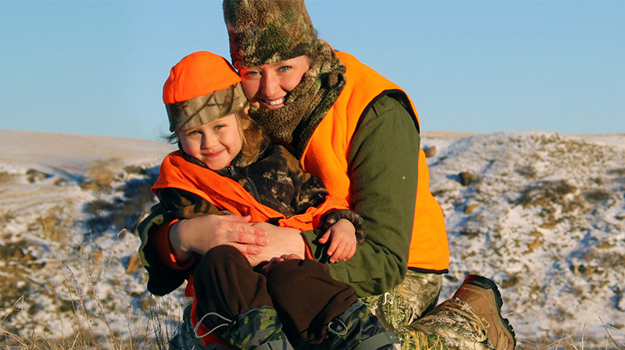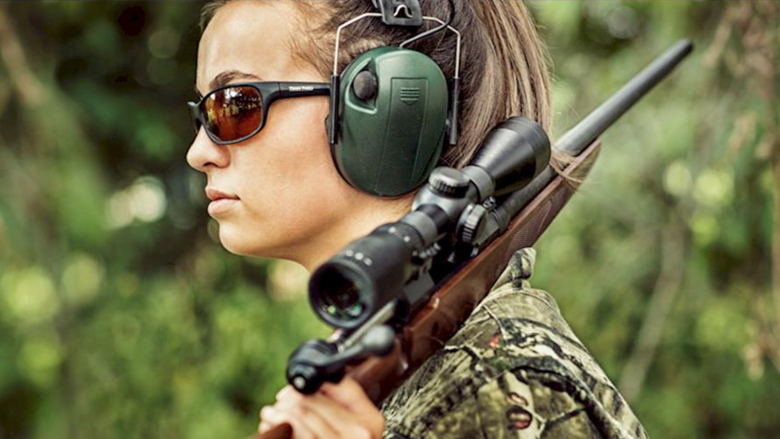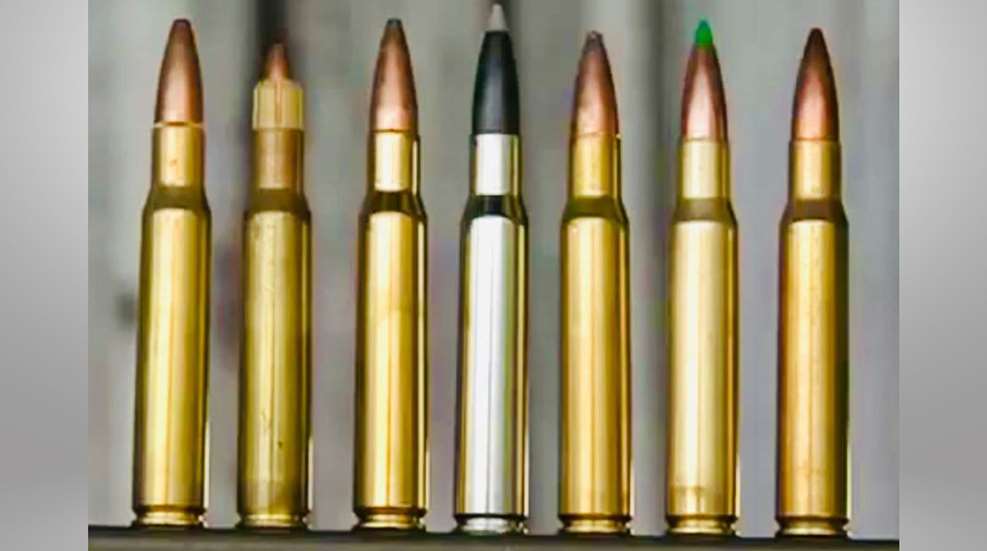
Without cartridges, a firearm is nothing but paperweight! Fortunately, today’s modern shooters have more ammunition choices than ever. Not only are there more types of guns and ammunition available to individuals, but there is also more access to information. This allows every shooter to become a “Knowledgeable Shooter”If a shooter takes the time to educate himself or herself on the ammunition and the firearm they choose, they could end up with the most effective combination.
There are six factors to look at when choosing the right cartridge for your specific needs: weight retention, penetration, velocity, energy, sectional density, and ballistic coefficient.
Weight Retention
Weight retention is the most important factor in bullet design when it comes to choosing the right bullet, especially for self-defense or in hunting applications. There is a myth that if a bullet breaks apart inside a target, it will cause more damage due to the pieces spreading through the tissue. In reality, a bullet that rapidly fragments quickly loses energy and the ability to penetrate deeply.
Weight retention is determined by weighing the projectile once it has been recovered after being shot into a target. This weight is then compared to the original weight of the bullet before it was shot. Weight retention can be affected by several factors like bullet construction, type of bullet, and if the projectile comes into contact with bone.
Historically, bullets that retain 80 percent to 100 percent are generally considered acceptable weight retention. Today’s shooters, especially hunters, tend to demand more from their bullets. Many hunters believe that a jacketed bullet should retain at least 92 percent to 100 percent of its original weight. A solid bullet is expected to retain almost 100 percent of its original weight. For example, many hunters returning from Africa after hunting dangerous game animals with solids marvel at the fact that when their bullet is recovered, it looks pristine. Many even comment that it looks as if it could be reloaded and shot again!

Penetration
Without penetration, bullets would be merely an irritation to the skin. Afterall, if your bullet does not reach the vital organs or cause massive hemorrhaging, it cannot stop the threat or take down the intended game animal. A bullet must be heavy enough and have enough velocity to reach the “boiler room!” The boiler room is where the heart and lungs are located. Frequently penetration depends on the weight retention of the bullet.
Bullet design has changed considerably in 50 years, with improvements in better penetration and performance. Many bullets that were originally designed with a flat or blunt nose are now made with pointed tips. Many of the higher performance rounds are now even fitted with ballistic tips that drive deeper and uniformly expand.
Bullet weight and design have a lot to do with how deep penetration occurs. Heavier bullets generally drive deeper than lighter projectiles. Additionally, lighter bullets tend to deflect off bone, whereas a heavier bullet tends to break through and continue penetrating. Depending on the game animal that you are hunting, many of the bullet manufacturers offer bullets specifically designed for breaking through bone while resisting deflection, to achieve deep penetration.
The rule of thumb is for thinned-skinned animals such as whitetail deer, fast soft-nosed bullets are preferred. Larger ruminates such as elk or moose need larger ballistic tipped bullets such as .30 caliber or more, to deliver a controlled expansion. Large and dangerous game animals that have thick skin usually need heavy bullets with little expansion. These are called “solids.” It all comes down to understanding penetration.

Velocity
Velocity is important because it gives the bullet the force needed to do what it is supposed to do. This is what allows the projectile to “mushroom” or perform the other duties that it was designed for. For example, the average big-game bullet needs approximately 1,800 feet per second (f.p.s.) “impact” velocity to do what it was designed to do. That means that high velocity bullets need distance to slow down before hitting an intended game animal target.
Applying this to hunting means that if you are too close to your target, the bullet could pass right through the animal without doing a lot of internal damage, which could result in little blood loss and difficulty to track. In this scenario, even a fatal shot could hinder finding the animal. The opposite is also true. If you are too far from the animal, the bullet may not open or penetrate deep enough to hit the vital organs. This could result in wounding loss.
Every bullet, depending on its design such as caliber, weight and shape, has an ideal speed or velocity to perform at its peak. Higher velocity is not always optimal because it can adversely affect a bullet’s performance. It is up to the shooter to do his or her own research to find out the best velocity of the caliber they are shooting or carrying in their self-defense firearm.
Energy
A bullet’s energy is also known as kinetic energy. kinetic energy, known as joules in other applications, is expressed in foot-pounds (ft.-lbs.) of energy. In firearms this is reflected as muzzle energy (ME) or impact energy (IE). A bullet’s energy is determined by its mass and velocity. Accordingly, a projectile’s energy is greatest at its muzzle and decreases as it travels down range.
Energy plays an important role in taking down a target, be it a game animal or an aggressor. The higher the energy at impact usually means more internal damage and hemorrhaging. Several factors determine the type of damage. Not only does mass and velocity affect the damage inflicted, but it also affects the design of the bullet whether a hollow point, soft-nose, or a solid.
The energy that a bullet has upon impact can determine if and how quickly you bag your game animal or stop a threat. It is important to remember that when you double a bullet’s mass, you double its energy but when you double the velocity, you quadruple its energy!
Sectional Density (SD)
Sectional Density (SD) is the relationship to the weight of the bullet in grains, divided by 7,000, times the bullet diameter squared (Bullet Grains/7,000 X Bullet Diameter Squared). This figure is usually associated with “killing power” or “knock-down power.” In other words, are you shooting “enough” bullet?
Theoretically, the higher the sectional density, the more effective it will be in taking your target down, be it a game animal or an attacker. This is done through the “punch” of the projectile when it strikes the target. For example, getting hit with a cinder block will have more “punch” than getting hit by a brick.
SD values range from .100 to .400, the higher the SD, the higher the knock-down power. SD is very important when choosing a cartridge with a particular bullet for a specific task such as for self-defense or hunting. For example, an SD of less than .199 ideal for taking small game animals or when varmint hunting. An SD between .200 to .277 is usually good for medium-sized game animals such as white-tailed deer or antelope. An SD between .278 to .299 is used for larger game animals such as elk or moose. Lastly, an SD of .300 or larger would be used for game animals with tough and thick hides such as brown bear, buffalo, and elephant.
Ballistic Coefficient (BC)
Ballistic Coefficient (BC) is a projectile’s ability to overcome air resistance as it travels to the target. In theory, the higher the BC, the flatter the trajectory of the bullet. Additionally, the higher the BC means that the bullet will travel further and will take longer for it to slow down.
In other words, it is the BC that delivers the bullet to the target and after that, the other factors kick in to take a game animal down or to stop a threat. BC values range from .12 to 1.00. The higher the BC, the more efficient a projectile will be in making it to its target. Generally speaking, blunt or round-nosed bullets have the lowest BC while boat-tailed bullets tend to have the highest BC.
The value of BC is often represented as “G1.” G1 is a specific aerodynamic drag model that indicates a bullet’s resistance to air resistance. G1 is the oldest model using the flat or round-nosed bullet as the standard. There is also a newer aerodynamic drag model that is represented by “G7.” G7 is a newer aerodynamic drag model that uses the modern sleek bullet for comparison. Even though the G7 model is newer, the G1 is still used for many calculations such as when ordering a ballistic turret for your scope.
Knowledge is the key in determining the best cartridge for the application. Many firearm owners take the time to research a variety of firearms before purchasing a gun but oftentimes take ammunition for granted. Every shooter and every individual carrying a firearm for protection should take his or her time to research the ammunition they plan to use. It is important to remember that the gun only fires the cartridge, but it is the ammunition that delivers the desired outcome.






